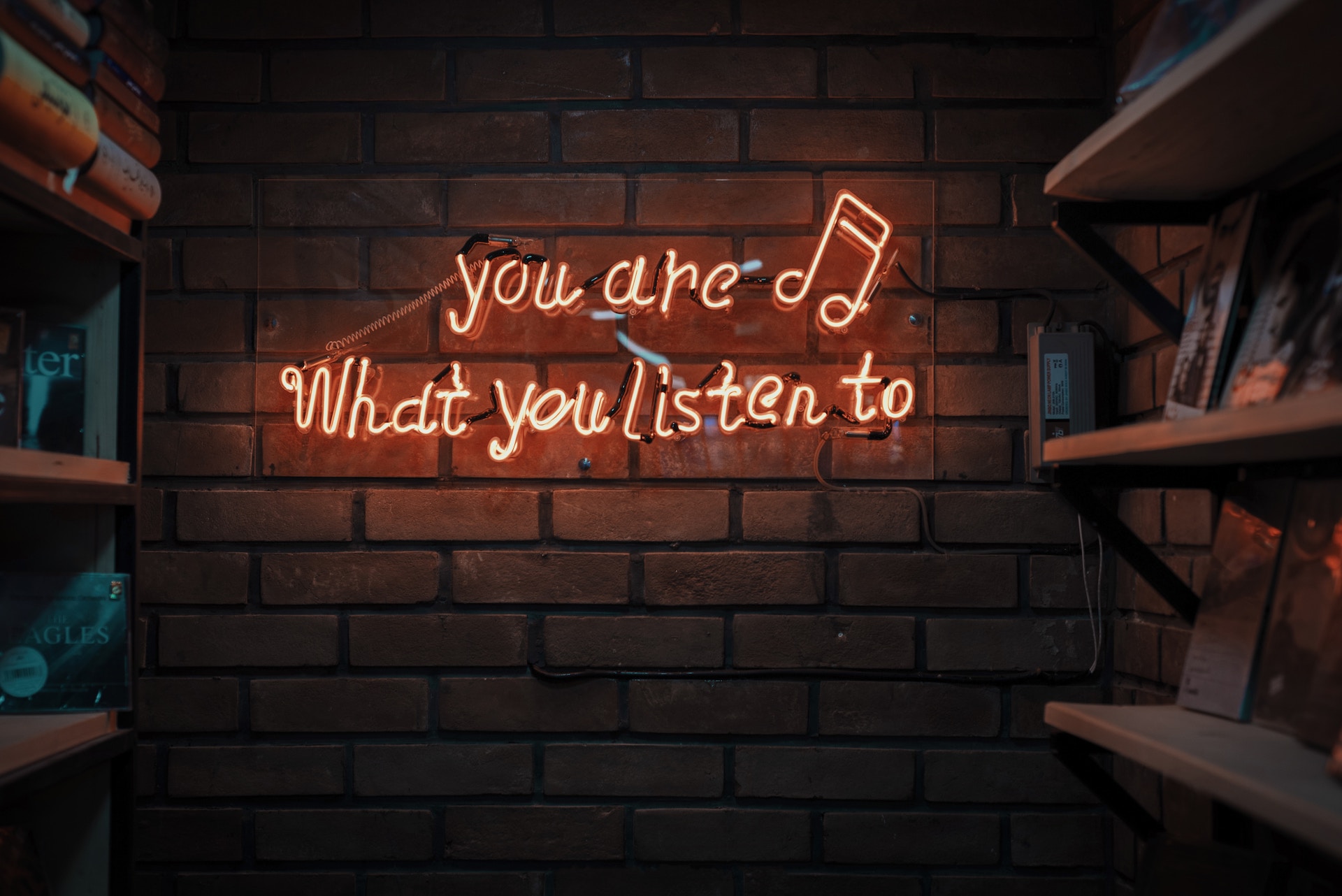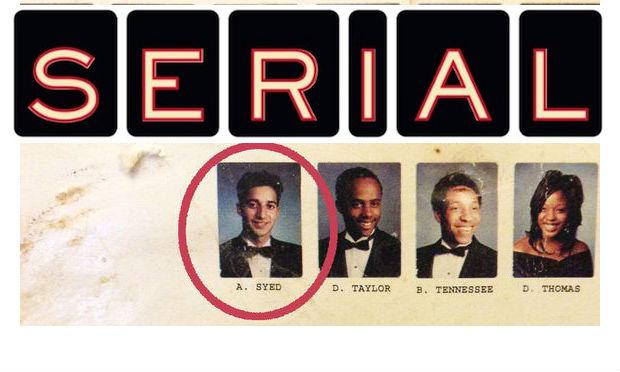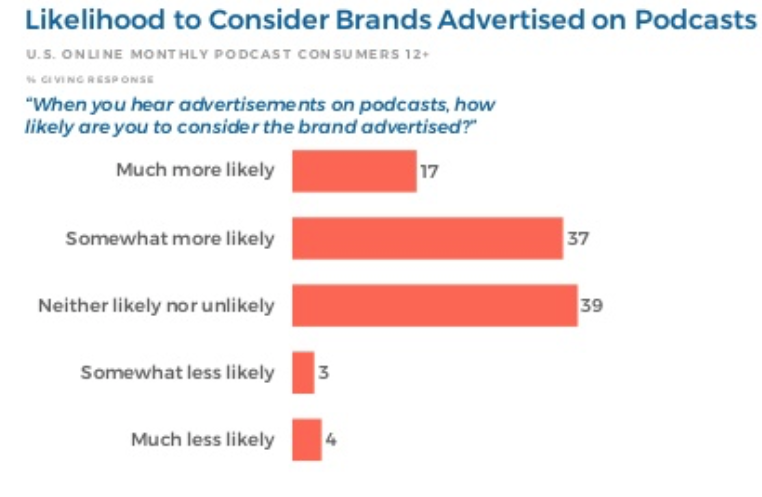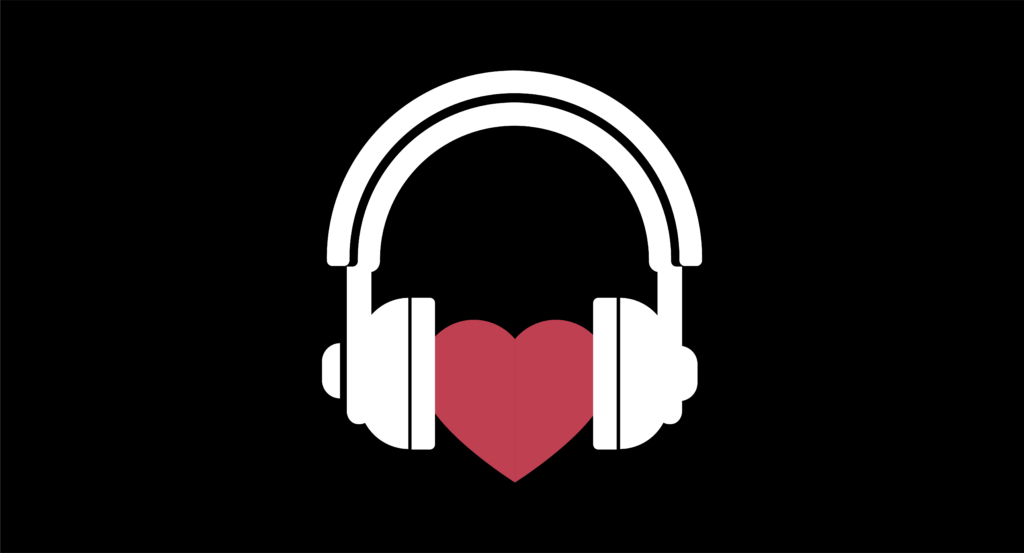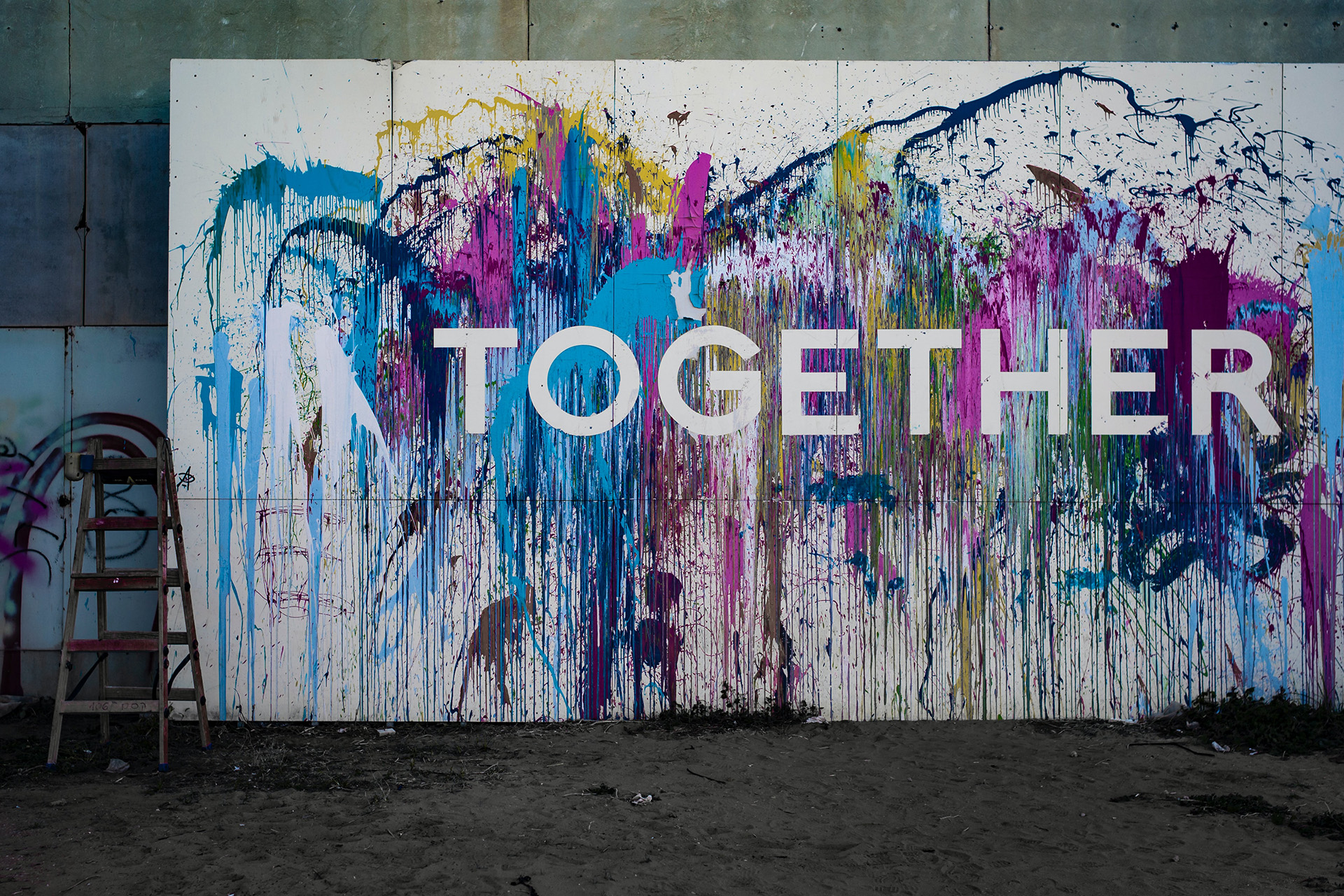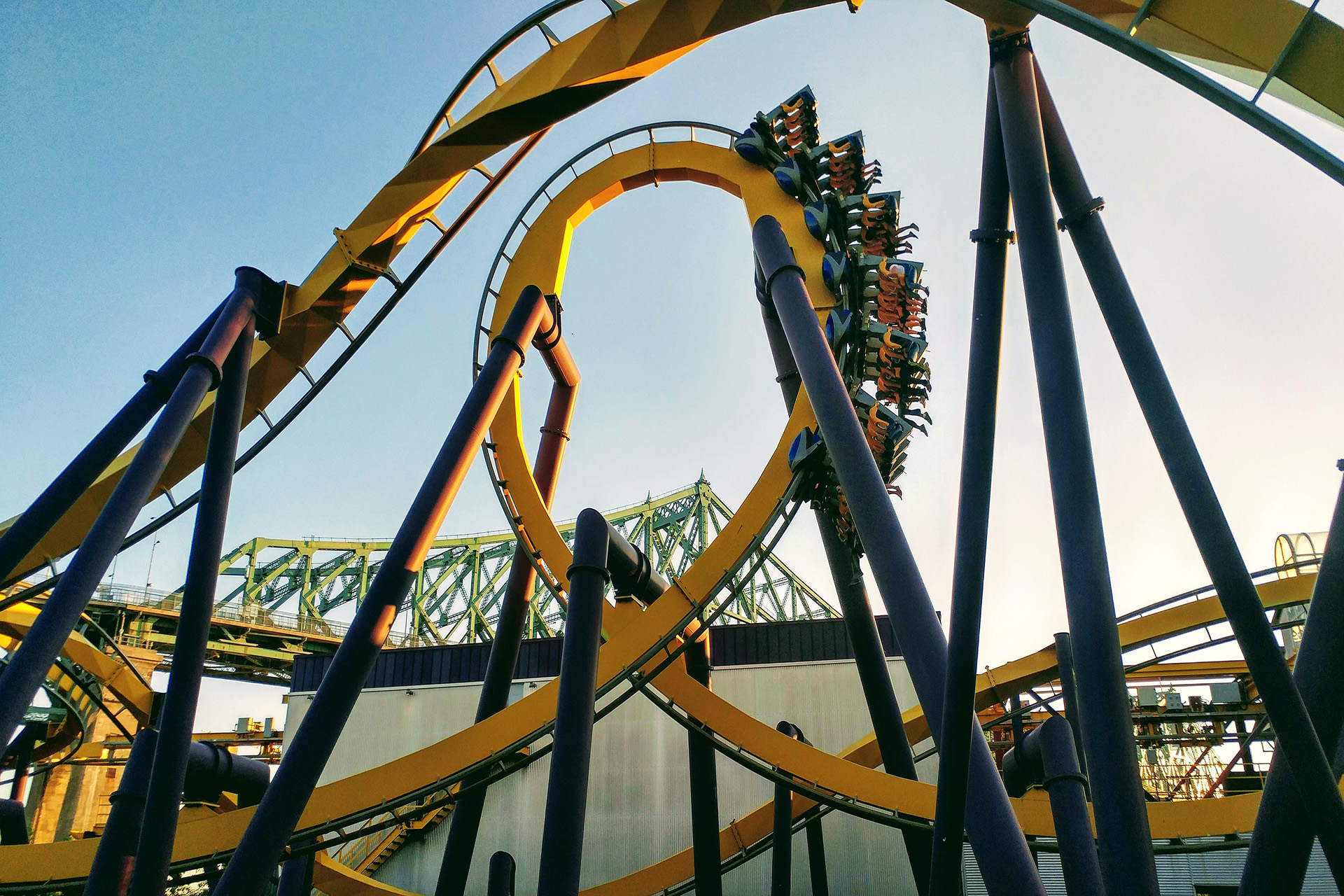As far as podcasts are concerned, there are two eras: Before Serial and After Serial (you’ve listened, right?). Since the binge-worthy investigative series debuted in 2014, podcasts have enjoyed growing popularity. Of course, wherever the people go, advertisers tend to follow. So how can we, as marketers, take advantage of the era of audio? Let’s start by looking at how it all began.

In the beginning, there was audio blogging. A small but forward-thinking group of pioneers with something to say took blogging a step further by recording — however crudely — their content and uploading it to the web. No longer bound by the time constraints and social mores of radio, and often inspired by a perceived information gap in mainstream media, early podcasters took advantage of the counterculture nature of the medium.
Podcasting as we know it was born in 2004 when Adam Curry (former MTV VJ, btw) and Dave Winer wrote developed software they called iPodder that allowed prospective listeners to download internet radio broadcasts and audio blogs. Nearly as important (at least for those of us who are psyched about word history) was the 2004 coining of the term “podcast” by The Guardian journalist Ben Hammersley.
Continued improvements in tech made it that much easier to access podcasts and the world started to recognize audio as more than a passing phase. The advent of 3G, allowing on-the-go podcast downloads over cellular networks, further grew the medium and, in 2005, President George W. Bush began recording his weekly radio address as a podcast. But podcasting’s big break came in 2014 when Apple released a native podcast app with its iOS 8 update — and Serial was released, enthralling millions of listeners.
In the five years since Serial’s debut, podcast listenership in America has doubled and about 21 percent of the population is spending their commute, cooking time, evening run, and more listening to more than 750,00 different podcasts. Advertisers have taken notice — especially after seeing data that most listeners get through 85-90 percent of the content and most don’t skip the ads. The upshot? These days, podcasting looks a lot less like the Wild West and a lot more like Silicon Valley.
So, what are some ways we as marketers can get in on the boom? Even a traditional ad buy looks a little different in the world of podcasting. Host-read ads make old feel new again by using a strategy that started with radio (what’s that?). Rather than using slick, overproduced spots, the podcast host reads ad copy — sometimes all they’ve got is talking points — and effectively endorses the product. Along with hyper-targeted placements in what can be extremely niche shows, it’s no surprise over 50 percent of listeners say they’re likely to buy from brands they heard about on a podcast.
But why stop at ads? Branded podcasts are popping up left and right from heavy hitters like GE, Microsoft, Mastercard, and more. Done well, these shows deliver engaging content over several episodes in a series, creating trust in and rapport with the brand. Emphasis on the words done well. Of course, you’ll have to spend money to make money, as they say, since the best way to build an audience for your branded podcast is… to advertise (many times, on other podcasts).
While a big-budget branded podcast may be out of your current marketing league, digital delivery and affordable recording equipment makes dipping your toes into the water of audio relatively cost-effective, especially compared with other direct marketing costs. As with any other campaign, however, ensure your strategy is in place before the mic is on.
BONUS TIME! Look Listen Staff-Recommended Podcasts:
- The Clearing
- The Joe Rogan Experience
- On Being
- This American Life
- My Favorite Murder
- 99% Invisible
- Unregistered
- SuperSoul Conversations
- Murder Book
- Revisionist History
- Reply All
Photo by Mohammad Metri on Unsplash

